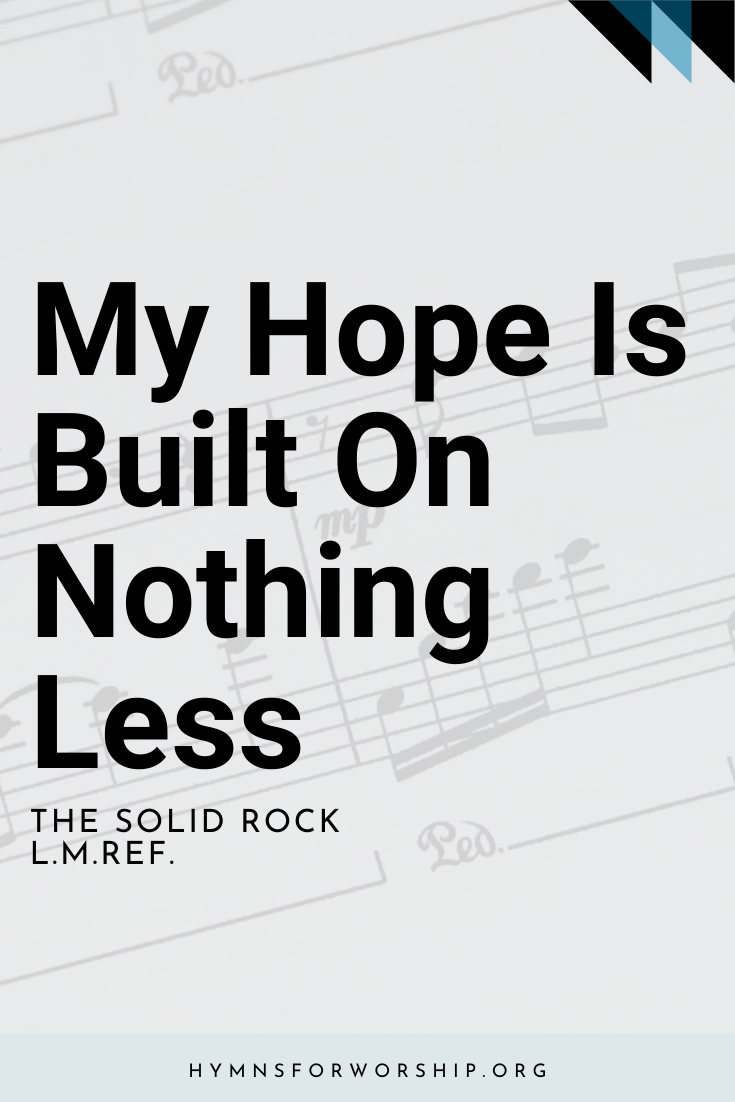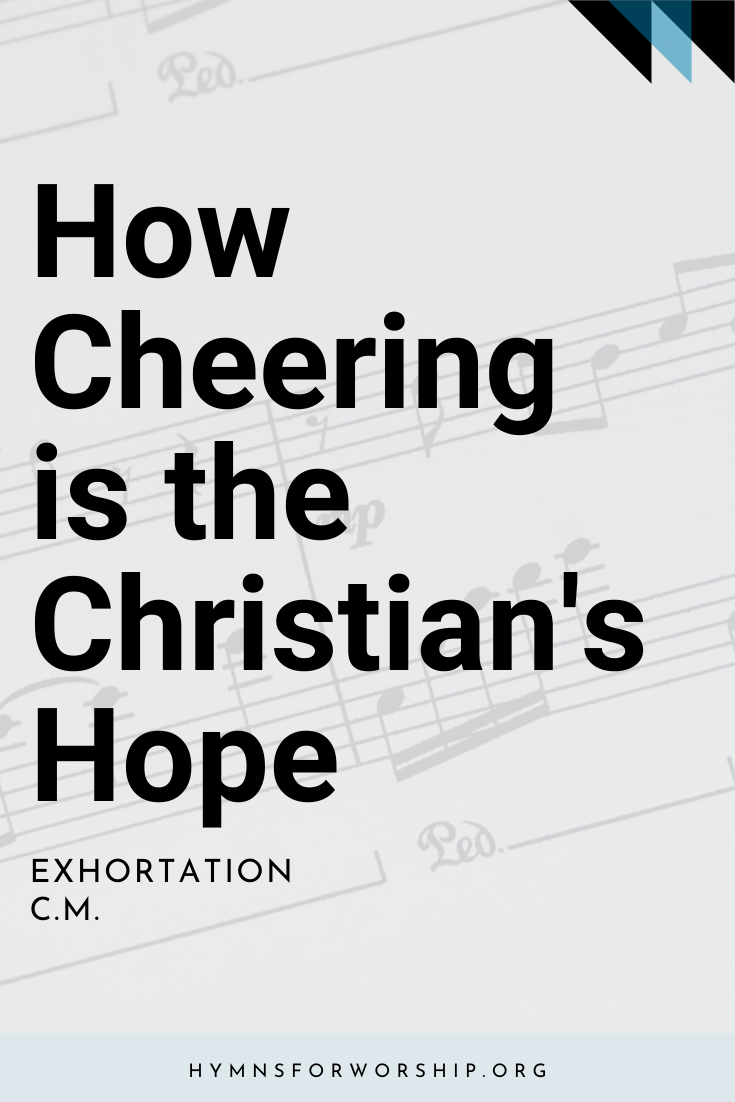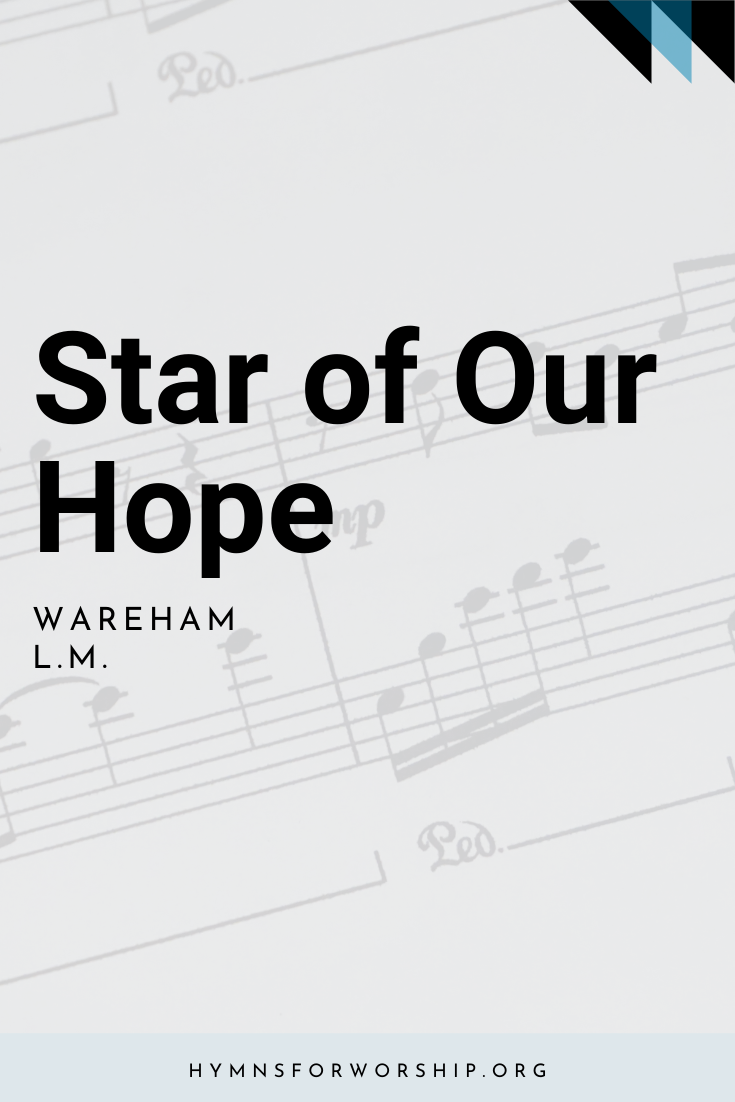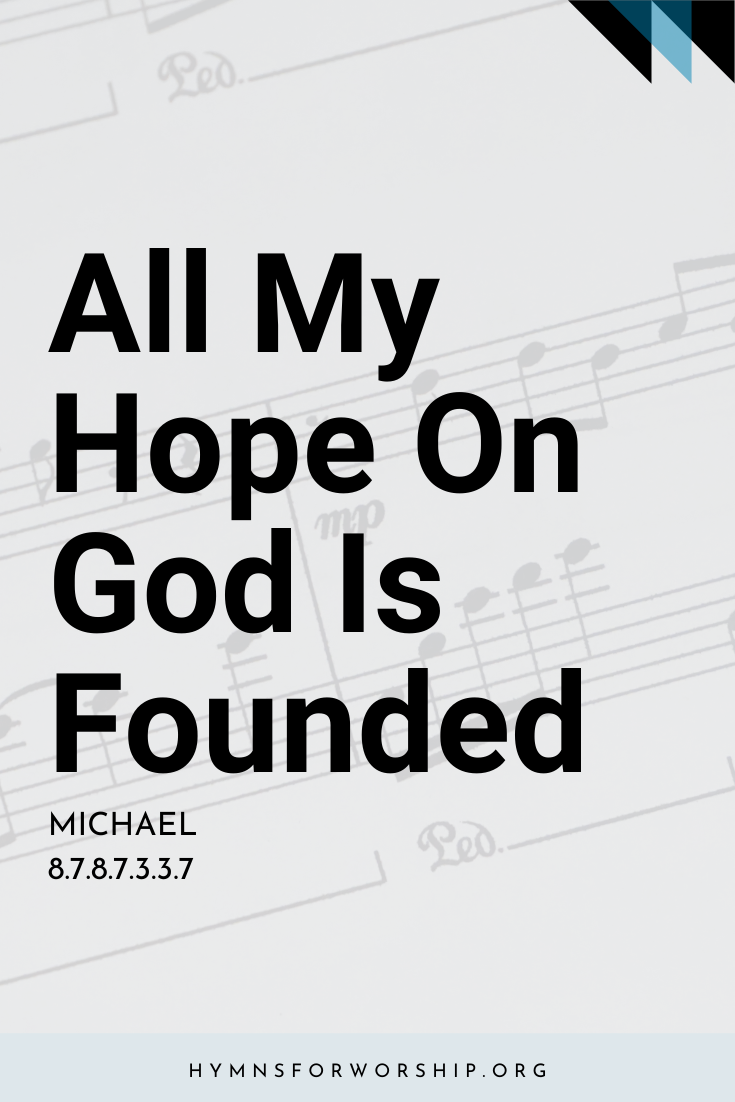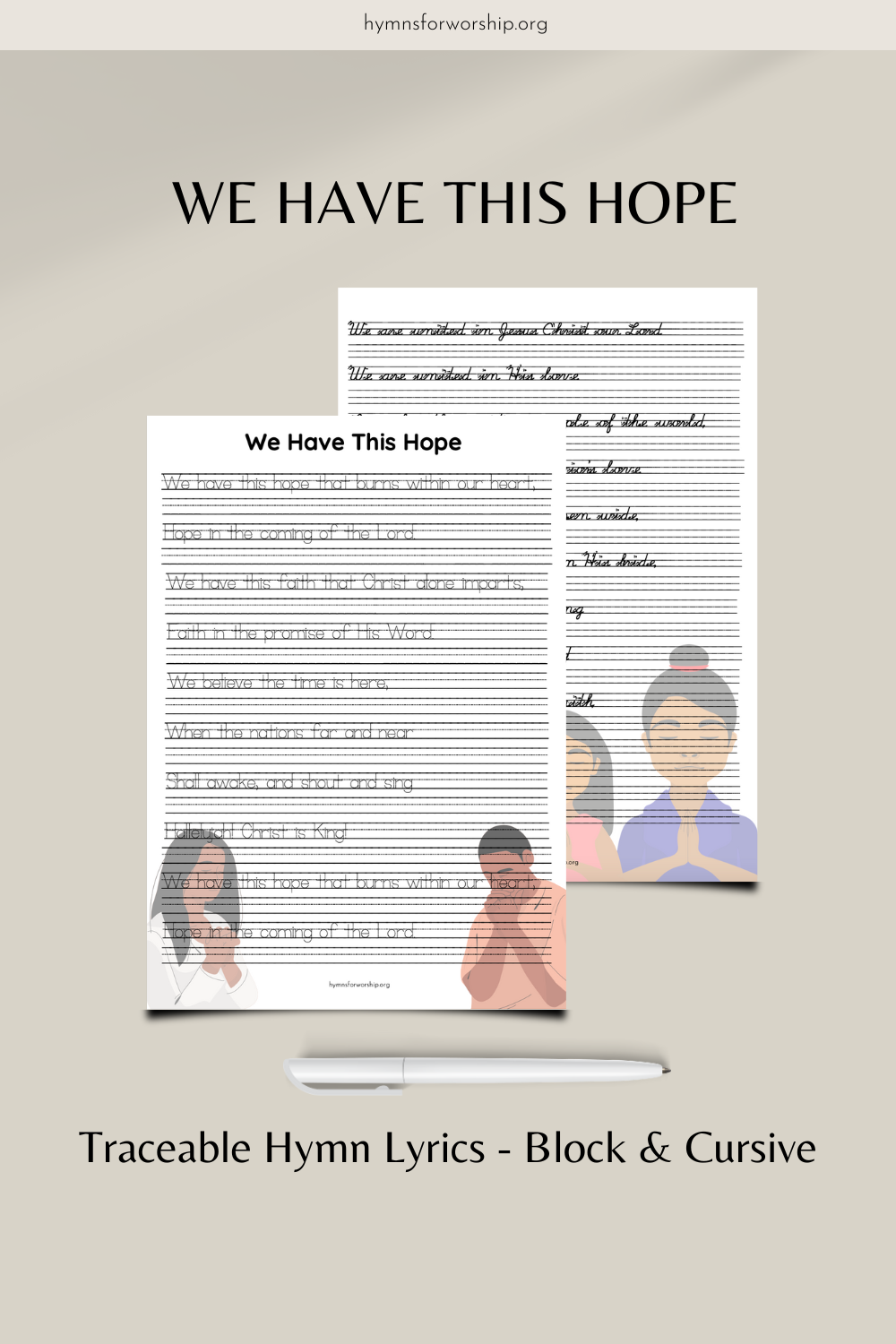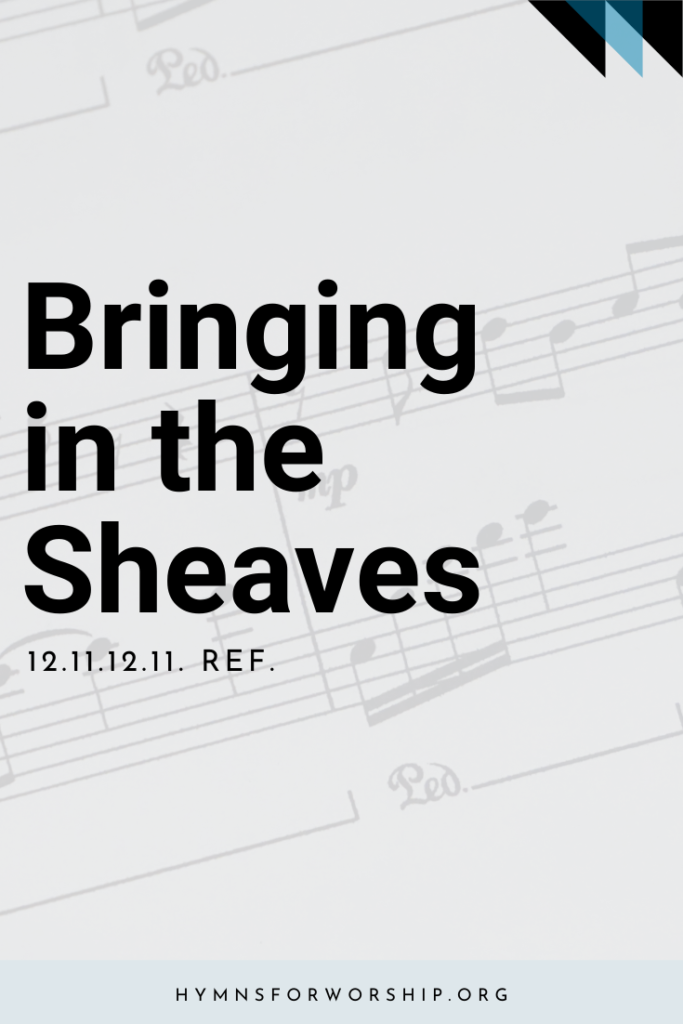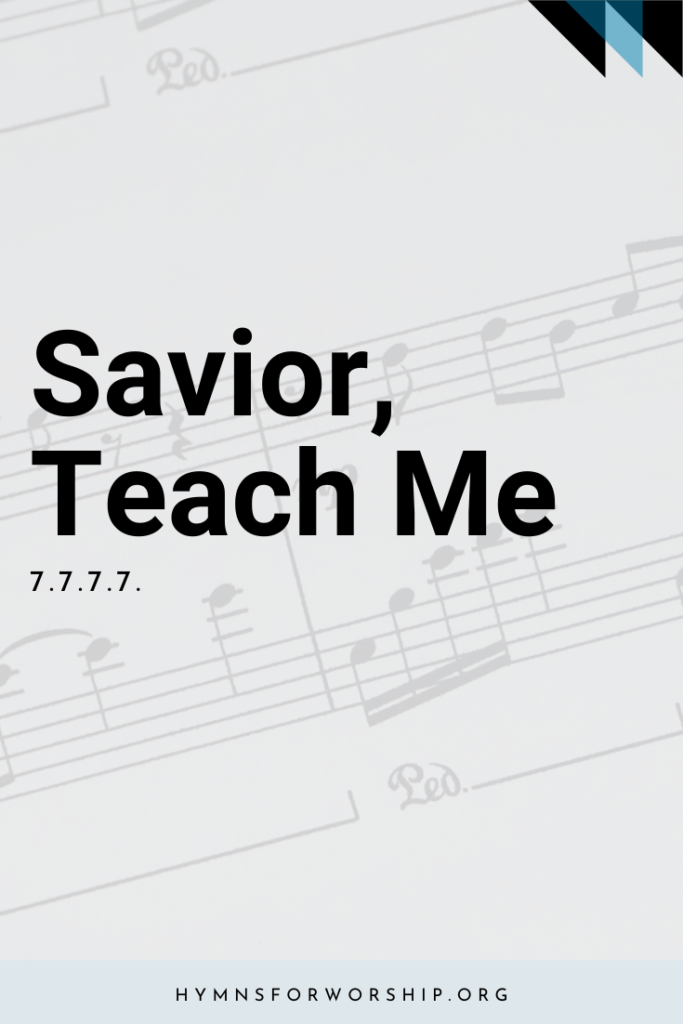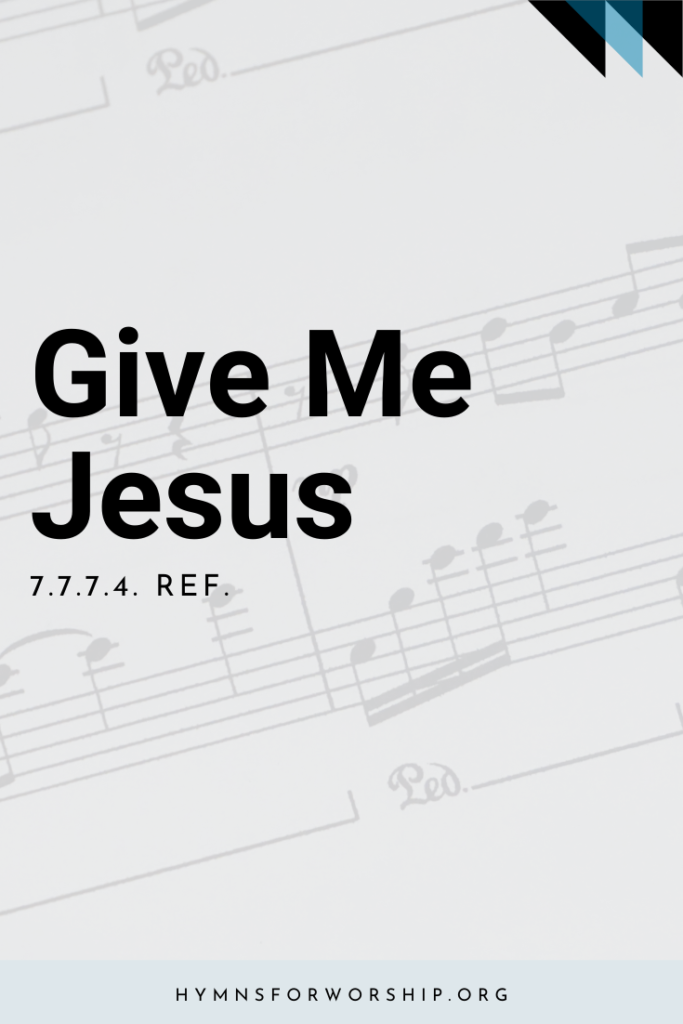JESUS CHRIST >> SECOND ADVENT
SDAH 214
We have this hope that burns within our heart,
Hope in the coming of the Lord.
We have this faith that Christ alone imparts,
Faith in the promise of His Word.
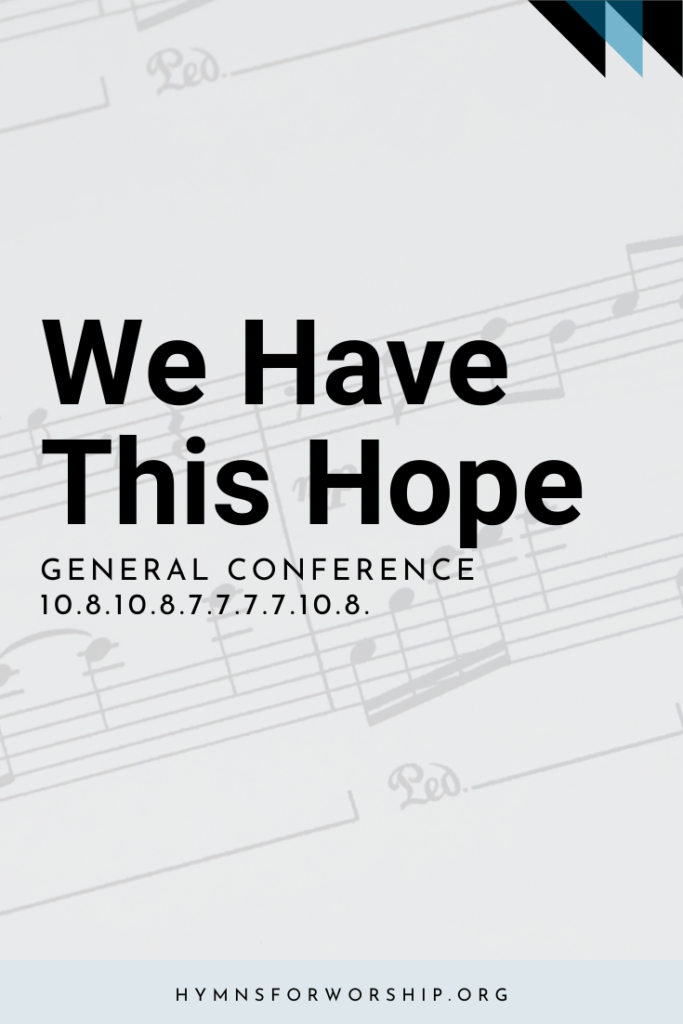

Text
1
We have this hope that burns within our heart,
Hope in the coming of the Lord.
We have this faith that Christ alone imparts,
Faith in the promise of His Word.
We believe the time is here,
When the nations far and near
Shall awake, and shout and sing
Hallelujah! Christ is King!
We have this hope that burns within our heart,
Hope in the coming of the Lord.
2
We are united in Jesus Christ our Lord.
We are united in His love.
Love for the waiting people of the world,
People who need our Savior’s love.
Soon the heav’ns will open wide,
Christ will come to claim His bride,
All the universe will sing
Hallelujah! Christ is King!
We have this hope this faith, and God’s great love,
We are united in Christ.

Hymn Info
Biblical Reference
(a) Luke 24:32; Tit 2:13 (b) Rom 5:5
Author
Wayne Hooper (1920-2007)
Year Published
1962
Performance Suggestions
Unison; High notes optional
Copyright
Copyright 1962, 1995 by Wayne Hooper
Hymn Tune
GENERAL CONFERENCE
Metrical Number
10.8.10.8.7.7.7.7.10.8.
Composer
Wayne Hooper
Theme
SECOND ADVENT

Get the hymn sheet in other keys here
We Have This Hope: A Musical Gift From God
‘We Have This Hope’ is probably one of the most famous Adventist hymn that is still sung today. In almost every Adventist Church in the world, this hymn still remains to be the final congregational song that is sung after the preacher says the benediction for the Divine Hour Worship.
Succinctly reflecting the Adventist belief in Christ’s imminent return, it was originally created to be the theme song for the 1962 Seventh-day Adventist General Conference Session in San Francisco, it was used again 1966 (Detroit, Michigan) 1975 (Vienna, Austria), 1995 (Utrecht, Netherlands) and 2000 (Toronto, Canada). It was also translated into numerous languages.
Wayne Hooper, a beloved Adventist musician who wrote both words and music to this song, relates his experience on how this theme song came to be written.
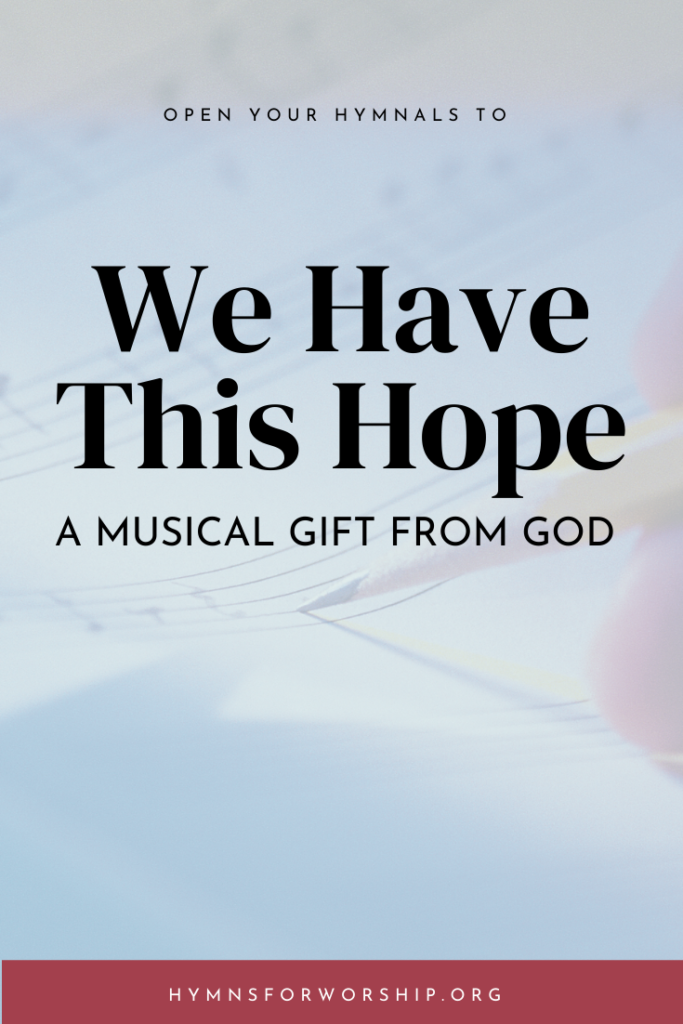
Notes
Make each hymn more meaningful with these helpful tools: Short, ready-to-use hymn introductions for church bulletins, multiple ways to introduce a hymn based on your worship theme and in-depth history and insights to enrich your song service.



